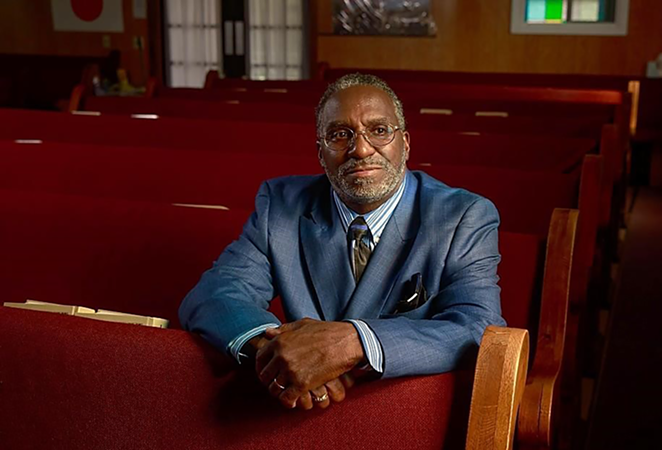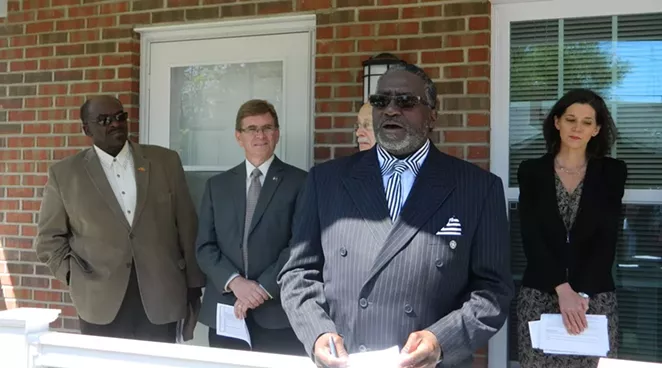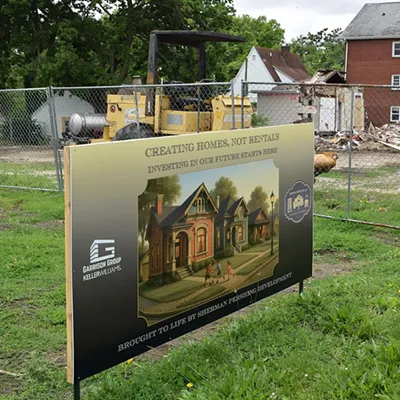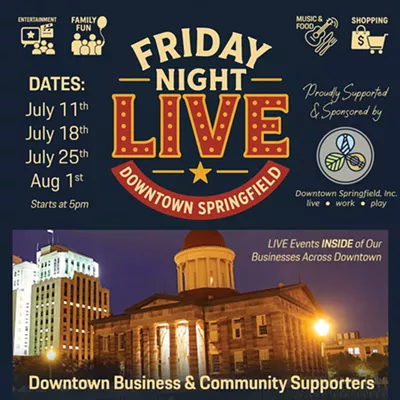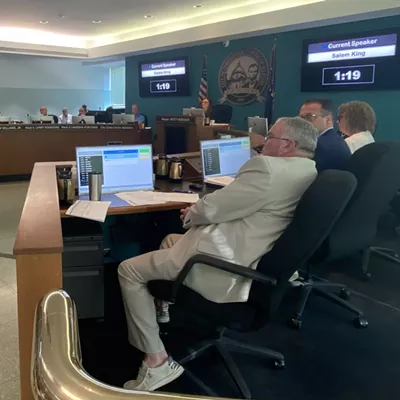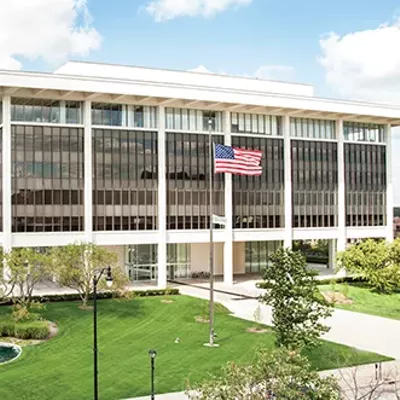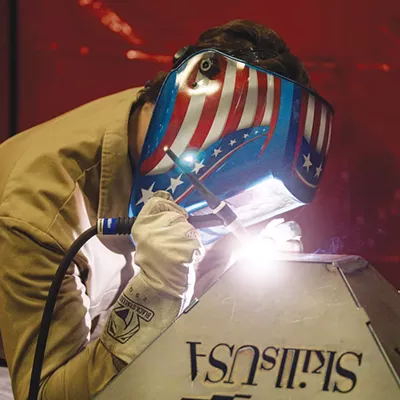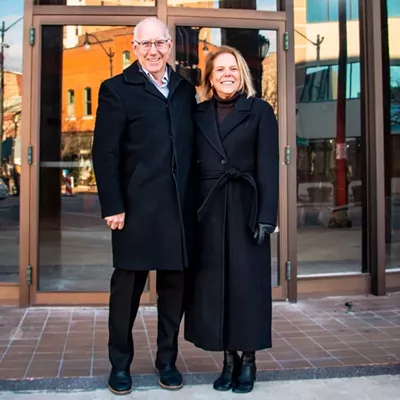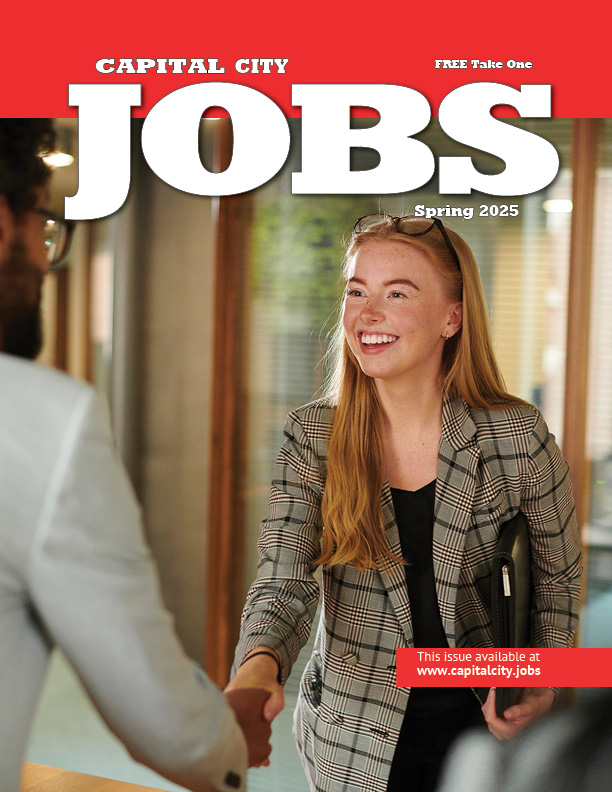Silas Johnson was born and raised in Mississippi but has lived in Springfield for the past 50 years. He had a dual career for many years, working as a journeyman electrician in the International Brotherhood of Electrical Workers Local 193 while also pastoring Community
Baptist Church for a decade and then Calvary Baptist Church for
the past 40 years. In 2010, Johnson retired from his electrical career with
CWLP and now devotes himself fully to his pastoral duties and his Nehemiah
Project ministries.
Through Nehemiah Project, Johnson has overseen the construction of 120 new houses on the east side of Springfield and also launched a day care center that continues to operate.
He has been active
throughout the years in many community organizations, including the Springfield
Ministerial Alliance, the Springfield NAACP and the Faith Coalition for the
Common Good.
Johnson
and his wife, Loretta, have three sons: Isaiah, Samuel and Silas.
Where were you born and raised, and what was life like for you growing up?
I was born and raised in Macon, Mississippi. We grew up poor, but we really didn't know we were classified as poor. We had enough food and we were happy; my mom and dad provided everything we needed. I am the 13th of 15 children.
How did you end up coming to Springfield?
There was not a lot of work for individuals in Macon at that time, and my mother told me, "Son, there's not a lot here for you, so you need to leave." I graduated from high school on June 1, 1973, and my mother handed me a ticket to Springfield, Illinois, so I could join my brother James, who lived there. I wasn't crazy about Springfield, but I came. And I've been here ever since.
When did you decide to go into the ministry?
I knew that God was calling me into the ministry. My dad was a pastor long before I was born. About a year after I got to Springfield, I accepted the call to the ministry at Community Baptist Church. I served there for about 10 years and then Calvary Baptist Church called me. This will be my 40th year at Calvary.
How did the idea begin for Nehemiah?
When I was called to Calvary, the church was in a place surrounded by run-down houses, drug dealers were all around. The church started buying property because we didn't want that sort of activity around us. I met Tom Brookshire, who was the director of Easter Seals at the time, and he told me the property we had bought across the street from the church would be a good location for a day care.
We went to five different banks trying to get financing for that day care. Finally, a bank loaned us the gap funding, the city put in $300,000, and we had other money and the land. That's where Nehemiah Child Care came from.
When did Nehemiah transition into housing development?
The bank asked me how we planned to maintain and support the day care. So I said, "Well, we are going to build houses." At first, we tried to do it one house at a time, but every person we sent to the bank had a reason why they could not get qualified to buy one of our homes. I was getting discouraged.
Somebody on the Nehemiah board knew Mike Niehaus, a local developer, so I met him really early one morning at Bob Evans for breakfast, and from that conversation we decided to build a bunch of houses at one time. That allowed us to get federal tax credits, and the tax credits brought some more investment.
We built 20 houses the first time, but still it was not enough to change the face of Springfield's east side. So the church bought as many properties around us as we could, built houses, and put the proceeds from that back into the fund and bought more lots and built more houses. There wasn't really anybody at that time putting money on a large scale into the east side of town.What strategy finally let people be able to acquire Nehemiah homes?
For the first 15 years the people rent the homes, and at the end of the 15 years they can buy the home for what we have left on the cost to build the house. We are now in the process of selling the first 20 houses to the individuals who live in them.
How does that make you feel to see your vision become a reality?
I'm really ecstatic, I'm overwhelmed. It really makes me feel like I've done at least one thing to help somebody. We are just excited about people getting their own homes. With the east side of town being about 75% non-owner occupied, we want to reverse that and have as many people in this area own their own houses.
Let's look into an optimistic crystal ball. What do you hope Springfield will be like 20 years from now?
I would hope that the east side of Springfield would be as thriving as the west side. We need a balanced city, one that is not too top-heavy on one side. East Springfield is the entryway from I-55; people have to come through the east side of town to get to the west side without going all the way around Springfield. I hope to see that people do not have to drive across town to get a decent job.
What is your advice to young people?
Since I'm a pastor, I think young people must get to know who our Lord and Savior is. Get to know who you serve in this world. The next advice is to plan for the future – it's called generational wealth. If you don't have generational wealth, we will be in the same situation 25 years from now, trying to make ends meet with no income.

